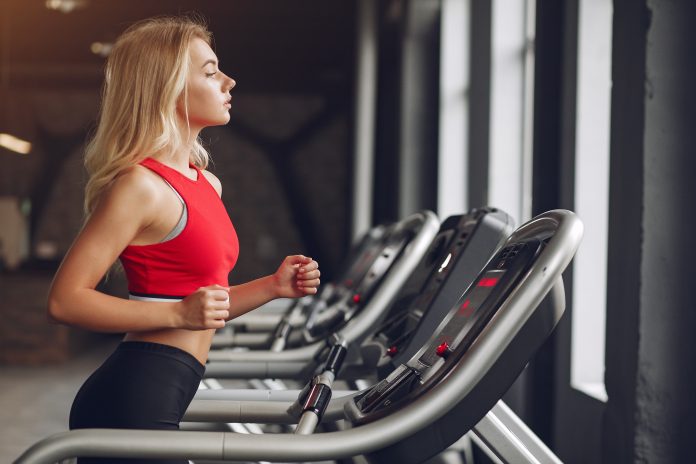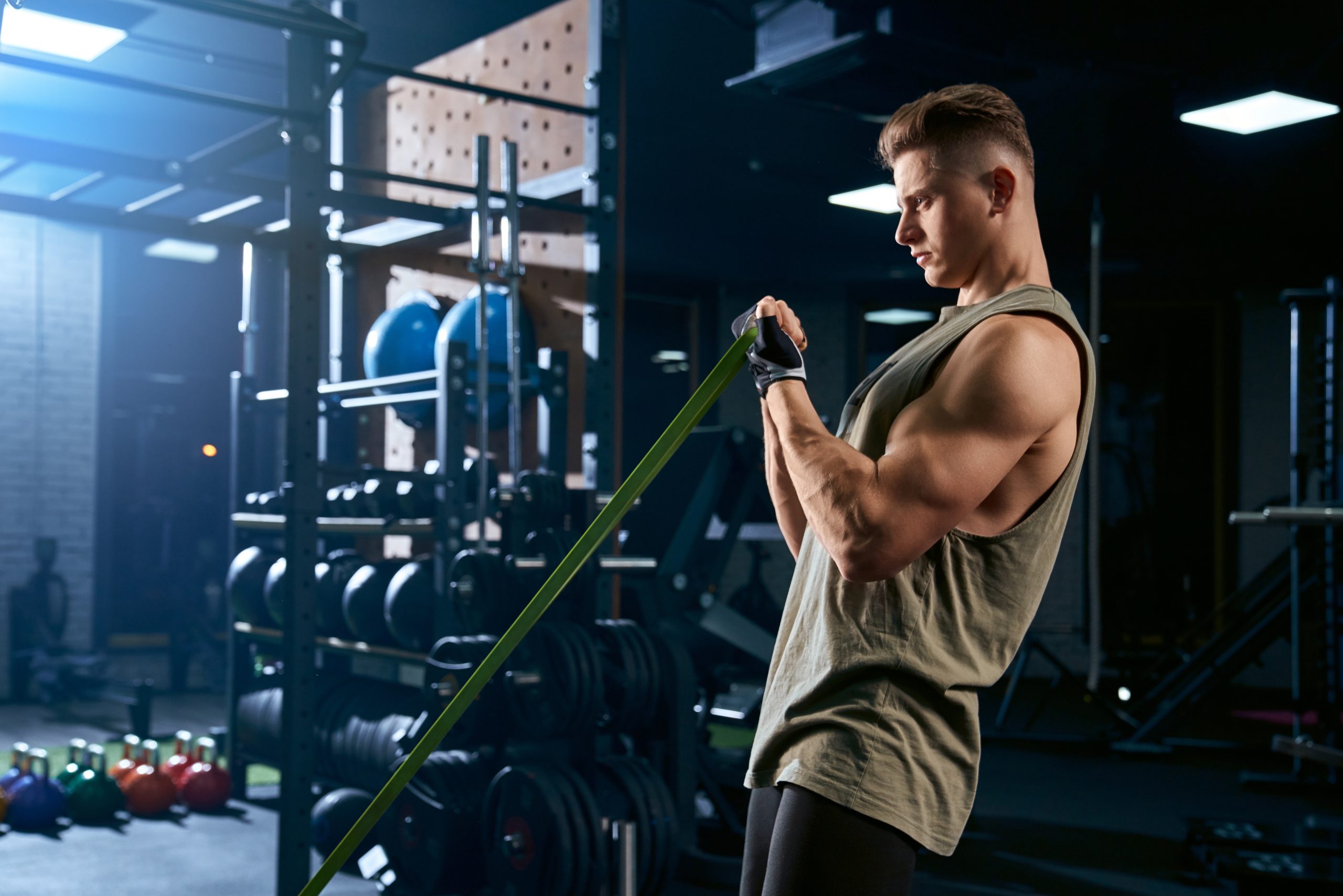
This post may contain affiliate content from which we earn a small commission at no additional cost to you. Read our full disclosure.
Curious about the best cardio workout for your goals? Well, today, we’re diving into the world of heart-pumping exercises with a showdown: HIIT vs. LISS. High-Intensity Interval Training (HIIT) and Low-Intensity Steady State (LISS) are like the Batman and Superman of cardio, each with its own superpowers.
Whether you’re aiming for fat loss, endurance, or overall fitness, understanding the strengths of these workouts is key. So, buckle up as we explore which cardio superhero suits your goals best in this epic battle of HIIT vs. LISS: Choosing the Right Cardio for Your Goals. Let the cardio games begin!
Understanding HIIT

High-intensity interval Training, or HIIT, is characterized by short bursts of intense exercise followed by brief rest periods. The main objective is to elevate your heart rate to its maximum during the intense intervals.
This triggers the afterburn effect, known as excess post-exercise oxygen consumption (EPOC), where your body continues to burn calories post-workout. HIIT workouts are typically shorter in duration but more demanding.
Advantages of HIIT
- Efficient Time Usage: HIIT sessions are time-efficient, making them ideal for individuals with busy schedules. A 20-30 minute HIIT workout can yield significant benefits compared to longer, traditional forms of cardio.
- Fat Loss: HIIT is renowned for its effectiveness in burning fat. The increased calorie burn during and after the workout contributes to fat loss and improved metabolic rate.
- Cardiovascular Health: HIIT has been linked to enhanced cardiovascular health by improving heart function and reducing risk factors associated with heart diseases.
Considerations for HIIT
While HIIT offers numerous benefits, it may not be suitable for everyone. Individuals with certain health conditions or beginners might find HIIT too intense. It’s essential to listen to your body and gradually increase the intensity to avoid injuries.
Moreover, HIIT may cause higher levels of muscle soreness, which could affect your ability to engage in other activities.
Understanding LISS

Low-intensity steady-state cardio, or LISS, involves maintaining a steady, moderate-intensity level of exercise for an extended duration. Examples include brisk walking, cycling, or swimming at a consistent pace. LISS workouts are typically longer, lasting anywhere from 30 minutes to an hour or more.
Advantages of LISS
- Sustainable for Beginners: LISS is a more accessible option for beginners or those returning to exercise after a hiatus. The lower intensity reduces the risk of injury and allows individuals to build a solid fitness foundation gradually.
- Muscle Preservation: Unlike HIIT, which can lead to muscle breakdown, LISS is less likely to compromise muscle mass. It is often a preferred choice for those aiming to preserve muscle while focusing on cardiovascular fitness.
- Stress Reduction: LISS can be a mindful and relaxing activity. It provides an opportunity for stress reduction and mental well-being, contributing to an overall balanced lifestyle.
Considerations for LISS
While LISS is gentle on the body, it may require more time commitment to achieve the desired results. It might not be as effective in burning calories compared to HIIT, making it important to monitor your dietary intake. Additionally, individuals seeking rapid fat loss might find HIIT more suitable due to its higher calorie-burning potential.
Choosing Based on Goals

Weight Loss
If your primary goal is weight loss, HIIT may be more effective due to its ability to burn calories both during and after the workout. However, LISS can still contribute significantly when combined with a well-balanced diet.
Cardiovascular Endurance
For those looking to enhance cardiovascular endurance without putting excessive strain on the body, LISS provides a steady and sustainable approach.
Overall Health and Well-being
The best choice depends on your overall health and well-being goals. If you enjoy high-intensity workouts and want quick results, HIIT might be your go-to. On the other hand, if you prefer a more relaxed approach and want to prioritize mental health, LISS could be a better fit.
Incorporating Both
Recognizing the unique benefits of both HIIT and LISS, some individuals opt for a combination of both in their fitness routines.
This approach, known as concurrent training, allows for a balanced cardiovascular workout, catering to different energy systems and muscle fibers. It combines the calorie-burning efficiency of HIIT with the sustained effort and mental relaxation of LISS.
Which is Better: LISS or HIIT?
Doing both types of exercise is good.
HIIT (High-Intensity Interval Training) is like doing a lot in a short time. Studies say it can give the same or even better results compared to longer, less intense workouts. But doing only HIIT all the time may not be the best choice for a long time.
LISS (Low-Intensity Steady State) exercise is like finding a balance between intense workouts and staying fit. Too much HIIT can be bad for your heart, especially if you do it a lot. It’s important to have a balanced routine.
Experts say it’s a good idea to have a mix of exercises each week. This includes moderate-intensity aerobic exercise and resistance training. This helps keep your bones and muscles strong and healthy.
LISS vs HIIT: Advantages and Disadvantages

LISS is seen as more relaxed, flexible, and suitable for people of all ages and fitness levels. It might be better for improving endurance compared to HIIT. Most LISS exercises can be done with friends, making them more enjoyable.
People may stick with LISS for a longer time because of these reasons. But, for LISS to work, you need to spend more time doing it than with HIIT.
HIIT saves time, works more muscles, and is good for building bones, muscles, and strength. However, some people may not like HIIT because they think it’s too hard. It might not be as easy as LISS and can be tough for older people or those with health problems.
Wrap-Up
In a cardio showdown, HIIT and LISS bring their A-game. Whether you’re sprinting in bursts or strolling steadily, the key is to sync your cardio choice with your fitness goals.
HIIT packs a power punch for quick fat burn and strength, while LISS keeps it steady for endurance and a laid-back vibe. The winner? It’s your call, based on what floats your fitness boat. So, lace up, pick your pace, and conquer your cardio quest!
FAQs on HIIT vs. LISS
Should I do low intensity or high-intensity cardio?
For choosing between low or high-intensity cardio, it depends on your goals. Low-intensity cardio, like walking, is great for beginners or those easing into exercise. High-intensity cardio, like running, can burn more calories in less time, making it efficient for those seeking a challenge and time-conscious workout.
Should I do HIIT or steady state cardio?
When deciding between HIIT or steady-state cardio, consider your preferences. HIIT involves short bursts of intense effort followed by rest, providing variety and quick results. Steady-state cardio, like jogging, offers a consistent pace that’s easier on joints, making it suitable for those who prefer a steady and less intense workout.
Is cardio or HIIT more effective for weight loss?
For weight loss, both cardio and HIIT are effective, but they work in different ways. Cardio helps burn calories during the exercise, while HIIT continues burning calories even after the workout. Choosing between them depends on your preferences and how your body responds, as both can contribute to a successful weight loss journey.
- Online Vs In-Person Certification Courses: Pros & Cons - April 23, 2024
- Tips for Acing Your Fitness Certification Exam - April 21, 2024
- Balancing Work-Life as a Fitness Trainer: Complete Guide - April 19, 2024
Disclosure: In the spirit of full disclosure, DIYactive.com may be compensated in exchange for featured placement of certain reviews or links on this website. View our full disclosure.


